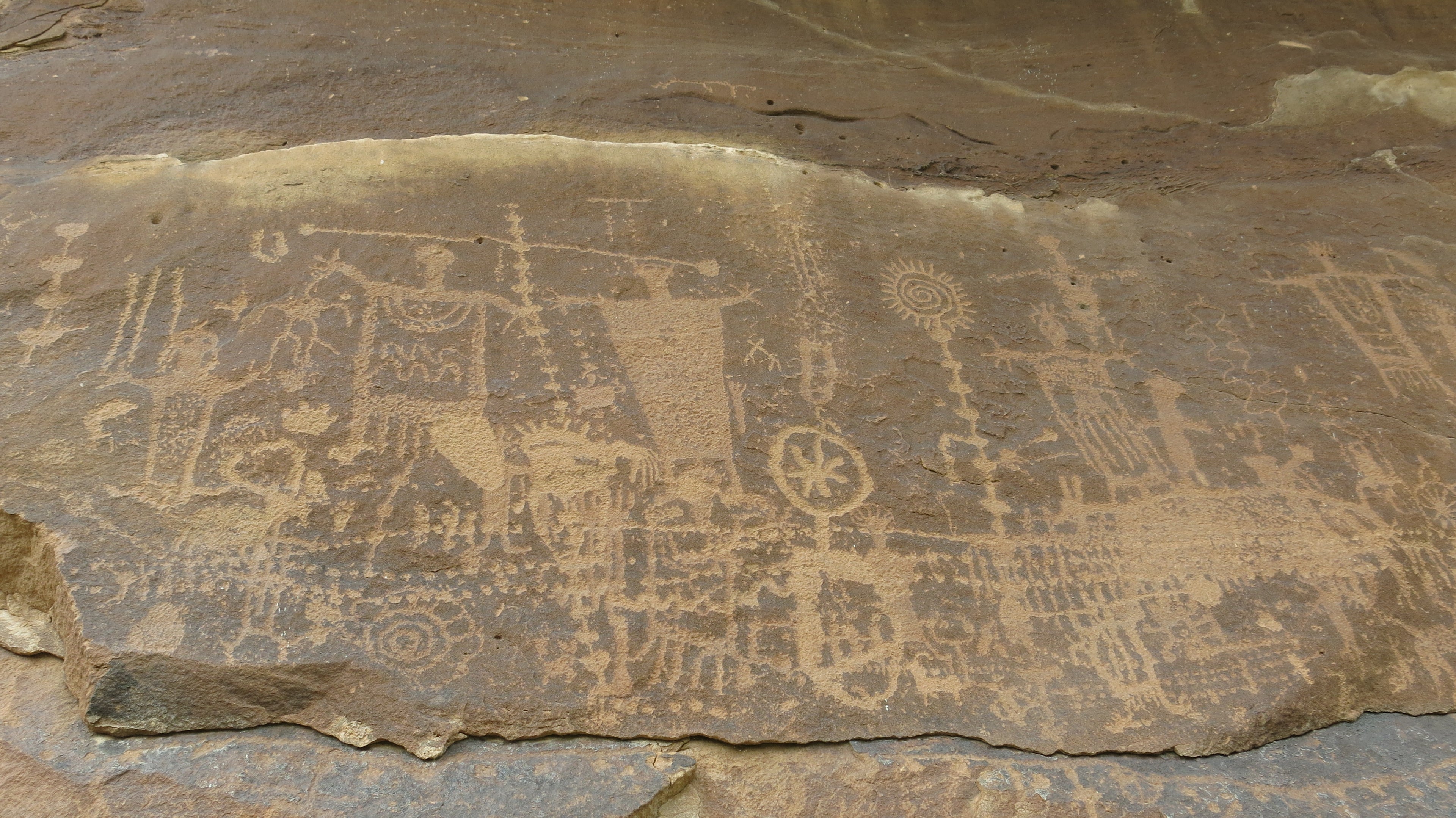
A New Path for America’s Public Lands
Turning Maintenance into Regeneration — and Liability into Legacy: Across the U.S., millions of acres of public land—from highway margins and utility corridors to BLM acreage and municipal properties—are actively managed, maintained, and burned to reduce fire risk and promote native species growth. However, vast swaths of these lands are also allocated for mowing, chemical suppression, or other expensive and environmentally taxing methods of keeping vegetation at bay. This degrades the soil and accelerates erosion while depleting the ecosystem overall. What if, rather than spending our tax dollars on depletive suppression, we start investing those dollars into harvesting the vegetation we once thought needed deleting? What if, instead of treating these lands as liabilities, we turned them into regenerative assets? At ECOWAHPHI, we've developed a scalable model to do just that.
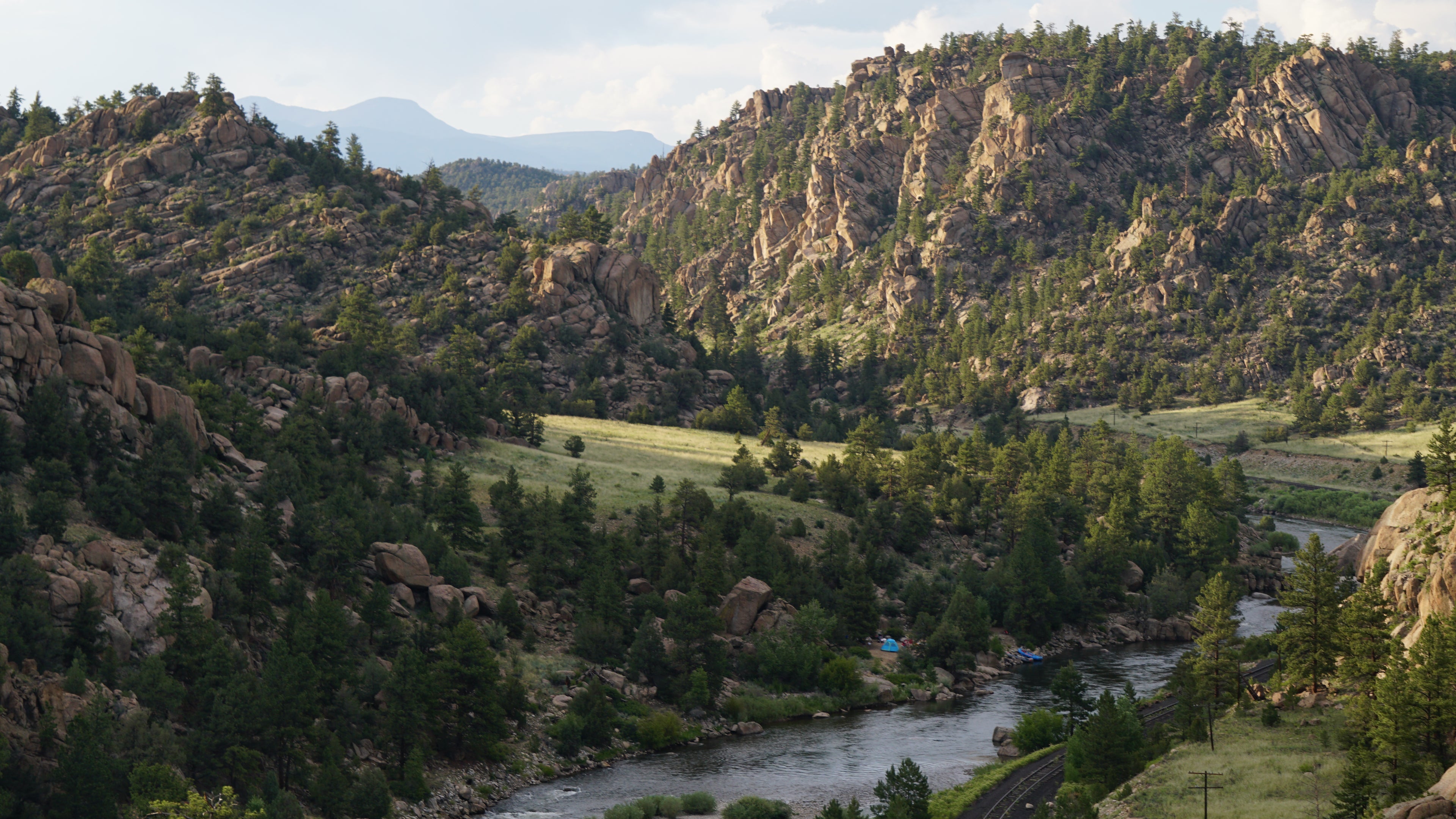
Transform maintenance liabilities into sustainable harvests
Our analysis shows that converting even a fraction of this publicly managed land to mixed, native, regenerative ecosystems can greatly reduce the need for active vegetation suppression and prescribed burns over time, while dramatically bolstering local economic resilience and productivity. By working with nature rather than against it, we can: Mitigate fire risk through strategic planting of fire-resistant native species, Eliminate wasteful mowing and chemical control practices, Turn maintenance budgets into profit centers by producing valuable biofuels, bioplastics, textiles, and food, all while Restoring soil and sequestering carbon by maintaining a balanced, healthy ecosystem.

What the Numbers Say
Our National Biomass Assessment reveals that just 10% of currently underutilized public land, if transitioned to ECOWAHPHI’s regenerative model, could produce: Over 5 billion gallons of biodiesel annually, Millions of tons of raw materials for textiles, construction, and packaging, Massive ecological restoration, including soil regeneration, water retention, and habitat recovery, and Billions of dollars in redirected public spending; by shifting maintenance costs into productive revenue streams. And the best part? This shift is not just environmentally sound—it’s economically feasible and community empowering.
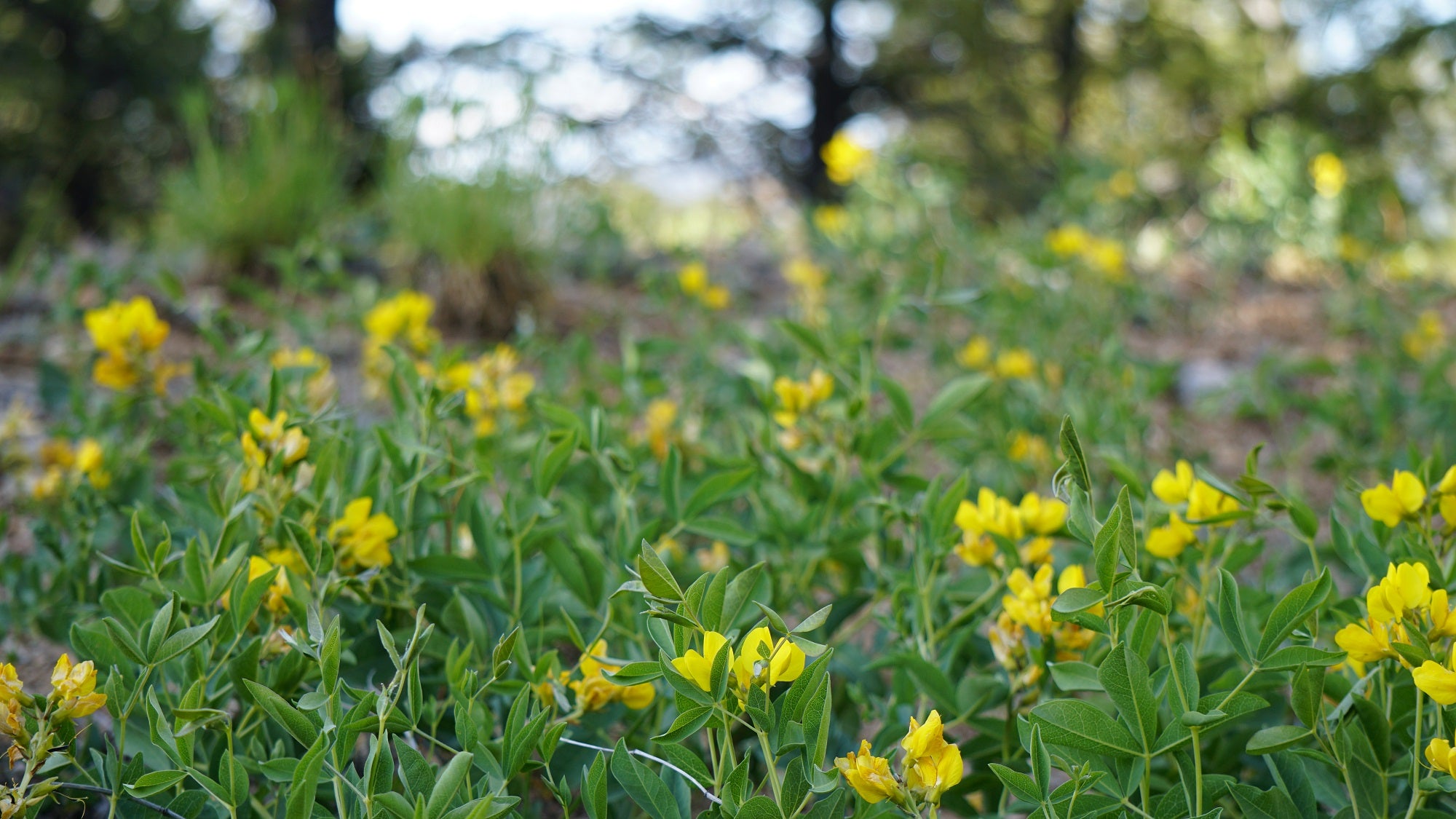
Feasibility Meets Innovation
Using our PRIMED-powered processing units—mobile, modular, and harmonically tuned for low-energy, off-grid function—we can process biomass right at the source. Each regional hub becomes: A local economic driver, A training and education center, A processing facility for clean fuels, food, and materials, and A node in a nationwide circular economy. Our Financial Feasibility Reports show that even small-scale hubs become self-sustaining in under 3 years, with high ROI and Phi-based reinvestment strategies built in.
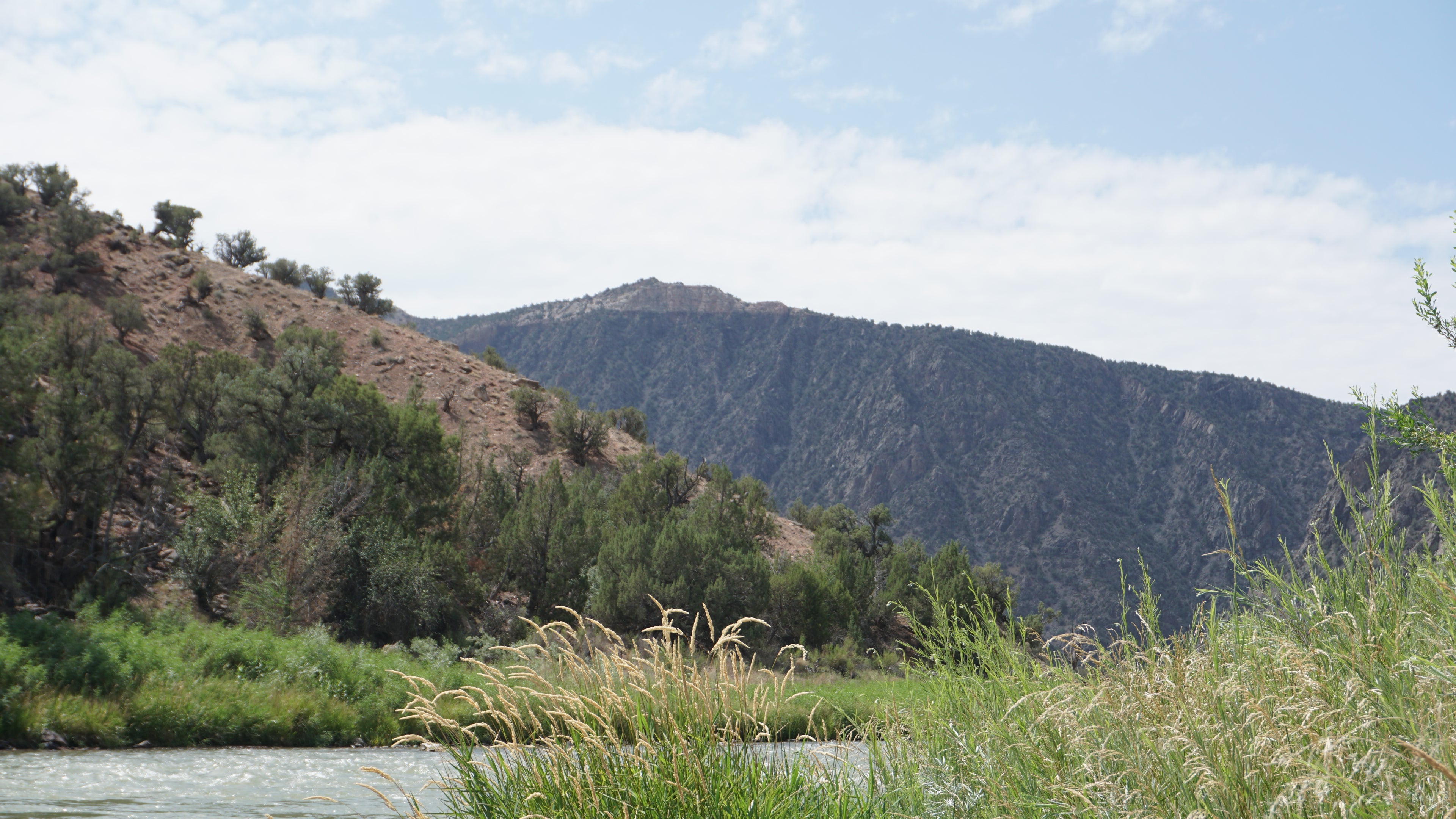
Regeneration Is Already Public Policy—We’re Just Making It Productive
Public agencies are already investing heavily in land management, wildfire prevention and cost reduction. ECOWAHPHI doesn’t compete with these efforts—it enhances them. After restoring a native ecosystem back to abundance, we propose to cultivate and harvest 28% instead of using chemicals or mowing; in order to maintain, sustain, and grow the system further. Instead of draining budgets, we generate shared revenue. Instead of disruption, we bring coherence—ecological, social, and economic.
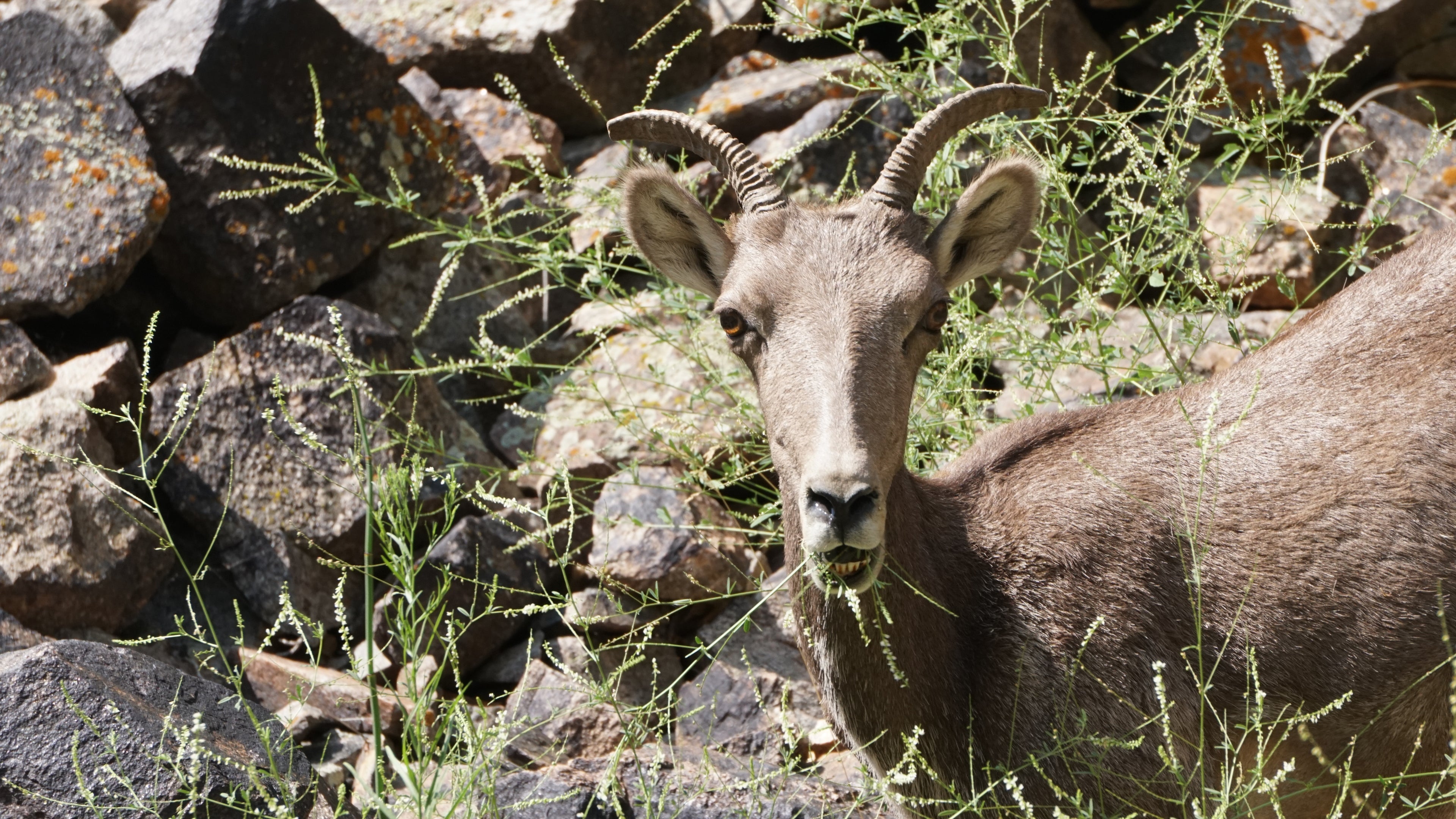
A Vision Rooted in Reality
Through strategic partnerships with:
- Departments of Transportation
- BLM and public land agencies
- Municiple governments
- Local land owners and contributors
We can build a nationwide network of regenerative hubs, turning passive land into productive, community-serving ecosystems.
This is happening. And your region could be next.

Ready to Be Part of the Shift?
Join us in turning liability into legacy. Whether you’re a city official, a land manager, or a passionate citizen—there’s a role for you. We’re transforming land, lives, and the legacy we leave behind. Let’s reroute the future—one acre at a time.
